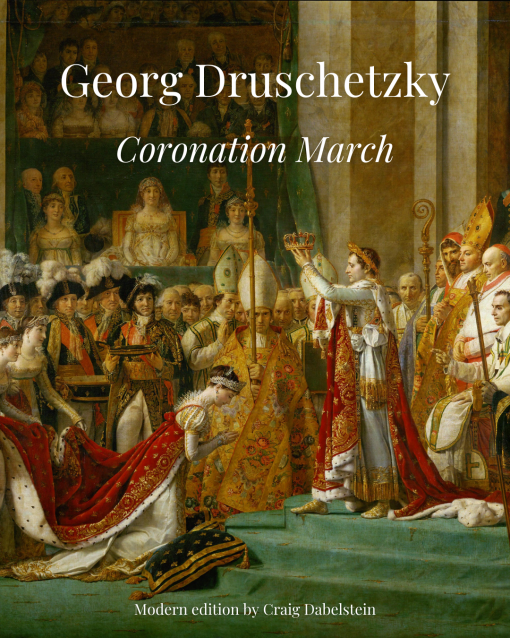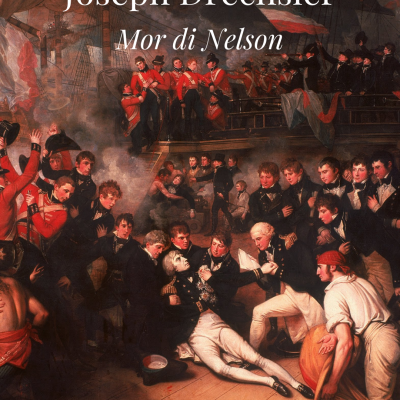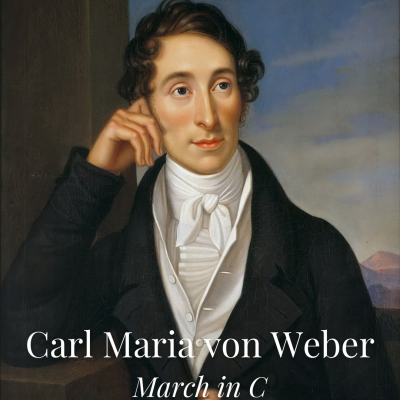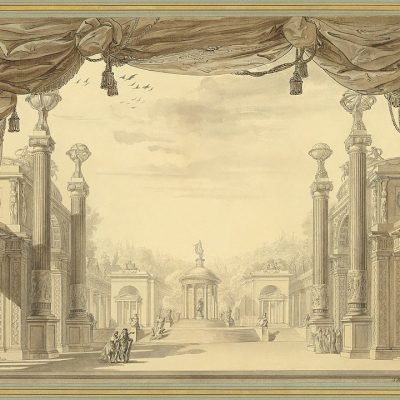Description
Coronation March for the Emperor Napoleon
Georg Druschetzky (1745–1819)
Modern edition by Craig Dabelstein (1973–)
Date: c. 1804
Instrumentation: Harmoniemusik
Duration: 3:00
Level: 4
| 2 | Oboes |
| 2 | Clarinets |
| 2 | Horns |
| 2 | Bassoons |
| Contrabassoon |
Notes on Druschetzky’s Coronation March
The Czech composer, Georg Druschetzky (1745–1819), studied oboe with one of the foremost oboists of his time, the Italian Carlo Besozzi, who was working in the court in Dresden. While serving in the military he became interested in the timpani and was one of the first to compose works for solo timpani requiring five or six instruments to provide different pitches.
The Gerber’s Encyclopedia (1812) reported that since 1800 he had, “composed a great number of excellent Partitas for wind instruments … [which] have received merit and invigorated all of Germany.” Indeed be became one of the most prolific of composers of Harmoniemusik and his partitas keep turning up in the libraries in central Europe. In one case, David Whitwell participated in the opening of a hidden door in a palace where seventy of his previously unknown partitas were found. He had an official position as Kapellmeister for Anton Grassalkovics in Vienna, and it was perhaps through this prince that he developed ties with Haydn. We do not know the role of Haydn beyond supplying the autograph scores, but Druschetzky made Harmoniemusik arrangements of extraordinary length of both the Creation and the Seasons. The question is even more interesting is the fact that while attributed to Druschetzky, the parts of these two massive sets are in the hand of Haydn’s copyist.







